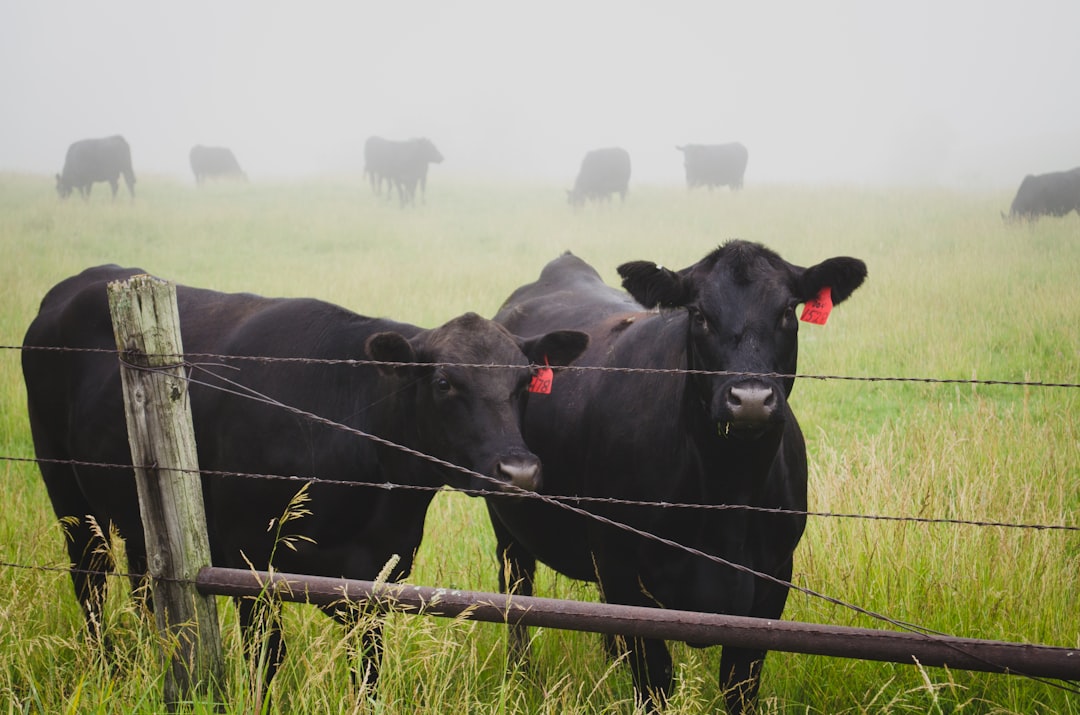Beef cattle production varies significantly worldwide, shaped by factors like climate, land availability, economic conditions, and consumer preferences. These systems range from extensive ranching, which requires large land areas and minimal inputs, to intensive feedlots, characterized by high stocking densities and concentrate-based diets. This post will compare these different approaches, examining their practices and sustainability implications.
Extensive Ranching Systems
Extensive ranching is characterized by low productivity per animal and per surface area, using small amounts of inputs, capital, and labor relative to the farmed land area. These systems typically rely on grazing natural pastures and permanent grasslands, often in areas with low agricultural productivity.
-
Geographic Location: Commonly found in regions with vast grasslands, such as South America (Brazil, Argentina), Australia, and parts of Africa.
-
Practices:
-
Low stocking rates.
-
Minimal use of fertilizers or other inputs.
-
Emphasis on grazing management, sometimes using specific rotations.
-
-
Sustainability:
-
Pros: Can provide ecosystem services, maintain biodiversity, and support social dynamics in isolated areas. May have lower greenhouse gas emissions per unit of land.
-
Cons: Lower productivity per animal and potential for overgrazing if not managed carefully, leading to soil degradation.
-
Intensive Feedlot Systems
Intensive feedlot systems, also known as concentrated animal feeding operations (CAFOs), involve high-density confinement of cattle, with a focus on rapid weight gain through grain-based diets.
-
Geographic Location: Predominantly found in North America (USA, Canada) and parts of Europe.
-
Practices:
-
High stocking densities.
-
Feeding of concentrate-based diets, often including grains and by-products.
-
Shorter finishing periods to maximize meat production.
-
-
Sustainability:
-
Pros: Higher production efficiency and faster growth rates. Concentrate-based diets may result in lower greenhouse gas emissions per kg of carcass compared to roughage-based diets.
-
Cons: Higher risk of disease due to close confinement, increased reliance on antibiotics, and potential for water and air pollution from manure accumulation. Can face criticism regarding animal welfare.
-
Comparing Sustainability
Feature Extensive Ranching Intensive Feedlots Land Use High land area required Lower land area required Input Use Low inputs (fertilizers, feed supplements) High inputs (concentrated feed, antibiotics) Productivity Low productivity per animal High productivity per animal Animal Welfare More natural behavior, lower stress Potential for stress due to confinement Environmental Impact Potential for overgrazing, lower GHG per land unit Potential for pollution, higher GHG per kg productConsiderations
-
Greenhouse Gas Emissions: Suckler-based systems may have higher greenhouse gas emissions per kg of carcass compared to dairy-based systems.
-
Regional Differences: Beef production systems vary widely by region. For example, beef calves in Brazil are mostly fattened in pastures, while in the USA, they are commonly fattened in feedlots.
-
Consumer Preferences: Consumer demand for sustainably produced beef is growing, influencing production practices and market trends.
Conclusion
Beef cattle production systems vary significantly in their approaches and sustainability impacts. Extensive ranching can provide ecosystem services and maintain biodiversity but may have lower productivity. Intensive feedlots offer higher production efficiency but raise concerns about animal welfare and environmental pollution. Balancing these factors is crucial for developing sustainable beef production systems that meet global demand while minimizing negative impacts.
Citations:
- https://saiplatform.org/wp-content/uploads/2022/02/19012022-beef-literature-review.pdf
- https://dicoagroecologie.fr/en/dictionnaire/extensive-livestock-production/
- https://sci-hub.se/downloads/2020-02-09/70/10.1016@B978-0-12-817052-6.00005-7.pdf
- http://www.agribenchmark.org/fileadmin/Dateiablage/B-Beef-and-Sheep/Misc/lbf_bd54_h4.pdf
- https://www.fao.org/4/y4176e/y4176e07.htm
- https://www.fao.org/4/x6512e/X6512E25.htm
- https://ahdb.org.uk/beef-international-comparisons
- https://www.dumprirody.cz/en/information-centre-of-the-beskydy-pla/en/news/extensive-cattle-breeding/
- https://www.banana.qld.gov.au/downloads/file/4727/intensive-animal-husbandry-fact-sheet
- https://www.wicklowcalfcompany.ie/extensive-livestock-farming

Comments
No comments yet. Be the first to comment!
You must be logged in to comment. Login